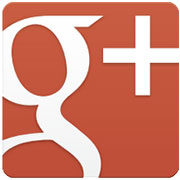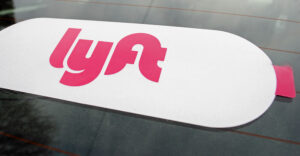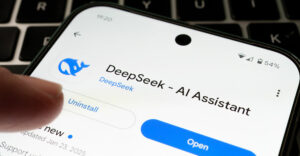
Many shutterbugs are familiar with this bugaboo: They shoot scads of photos of a vacation or event, but they never quite get the time to put the pics in a form where they can be shared with friends and family.
Google now has an app for that. It’s called “Stories.” Google on Tuesday added Stories to its Google+ social network.
Stories “can automatically weave your photos, videos and the places you visited into a beautiful travelogue,” said Product Management Director Anil Sabharwal.
“No more sifting through photos for your best shots, racking your brain for the sights you saw, or letting your videos collect virtual dust,” he added. “We’ll just gift you a story after you get home. This way you can relive your favorite moments, share them with others, and remember why you traveled in the first place.”
In addition to Stories, Google introduced Google+ Movies. It’s similar to Stories, only its end product is a video with effects, transitions and a soundtrack.
Stories and Movies are available on the Web and being released as apps for Google’s mobile operating system, Android, and for Apple iOS devices “soon.”
Robo Stories
Stories and Movies use Google’s Auto Awesome engine to sift through media that you store on Google+ and automatically create digital narratives for you.
You can upload photos and video to Google+ manually or on Android devices through automatic backups. If you already have been storing photos on Google+, the next time you log on to your account, you may see a story or movie waiting for you.
If you have a Google+ account, you can access Stories by clicking on the Home button on your home page and choosing Photos from the drop-down menu. After your stored photos appear on the page, click on the More option that appears above them and choose Stories from that drop-down.
If you don’t have enough photos stored on Google+ to create a story, it will ask you to upload photos from your PC or from a phone. Since uploading photos manually from a PC can be a tiresome task, Google offers a free program to back up files from a computer to Google Drive, which is used by Stories and Movies.
Everyone’s a Marketer
The idea that social networkers want to create stories with the content about themselves that they dump online is one shared by Google+ and the mother of all social networks, Facebook.
“It’s a gloss or veneer on top of a tool or capability that’s trying to engage a target audience,” Greg Sterling, an analyst with Internet2Go, told TechNewsWorld.
“It allows people to manage their public image — either consciously or unconsciously — to their friends, their family and to the world at large,” he said.
“The metaphor of storytelling is an appealing proposition, because people are looking for more creative ways, more powerful ways, to convey their experiences. They want to take ordinary things — photos, feed posts — and package them up in a way that’s more professional, more polished, more interesting to the rest of the world,” Sterling explained.
“It’s just more interesting to say this is a storytelling platform than to say this is a way to archive your photographs,” he added.
Google Knows Best
Google’s automated approach to stories contrasts with Facebook’s approach.
“Google is ultimately an artificial intelligence company,” said Jan Dawson, chief analyst for Jackdaw Research.
“It’s built these very clever computers that can make sense of huge amounts of data so it’s useful to people,” he told TechNewsWorld.
“They’ve applied that to websites and advertising, but what they’re increasingly doing is taking other forms of data — like people’s photographs and videos, which often live on a device until they’re dumped to a hard drive — and turning them into something more user-friendly, without a huge amount of intervention from the users themselves,” Dawson explained.
“It’s about Google saying, ‘You’ve got all these pictures and videos but don’t have time to sort them all out and post them to a website or a blog, but we can intelligently do that for you and give you something cool to share with your friends,'” Dawson said.
That contrasts with Facebook’s desire to have its users proactively sharing items with their social networks.
Facebook is “about clicking buttons on other sites and saying things to friends. Google+ is about automated sharing,” Dawson pointed out.
“Facebook makes its users do a lot more work, but they have a lot more control over what they share and when,” he said. “Google says, ‘You’re already giving us access to all this stuff — just let us decide what’s the best way to curate it and share it with your friends.'”




















































